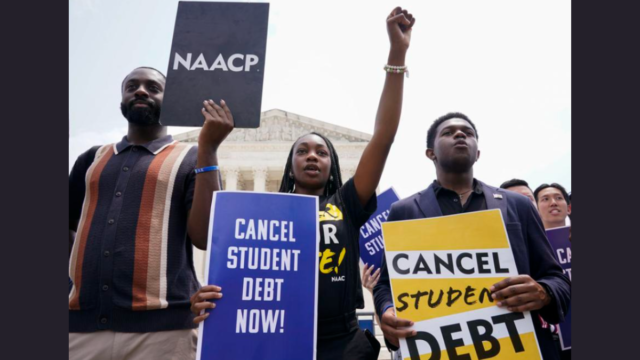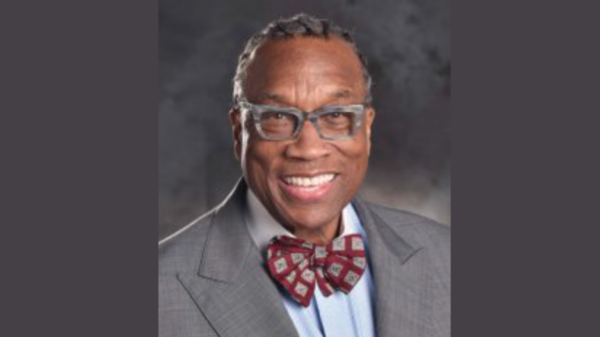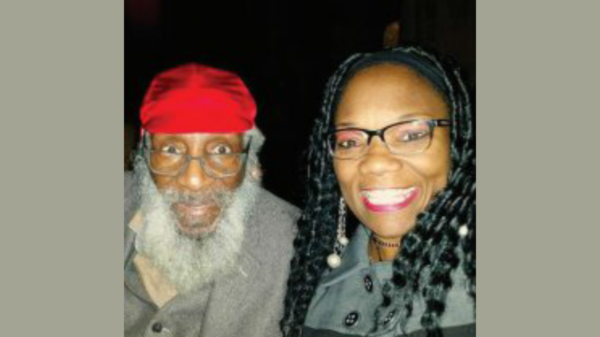
By Rachel Clark
For my whole adult life, debt and financial hardship has dictated my path, first through a cycle of generational poverty and now in the form of student debt. With Friday’s Supreme Court decision, it looks as if I have many years ahead of student loan repayment. It could take, quite literally, the rest of my working life before my student loans are paid off.
On Friday, the Supreme Court blocked President Joe Biden’s student loan forgiveness plan. In a 6-3 ruling, the court found that the Department of Education “doesn’t have the authority to cancel $430 billion of student loan principal.” This is devastating news.
I was elated when I first heard about Biden’s student loan forgiveness plan, which seemed designed to help someone just like me — dedicated and hardworking but without much in the way of assets or savings. My profession, teaching, wasn’t exactly what one could call lucrative.
The odds were always against me going to college. I grew up in central Georgia in a low-income household, the eldest of three children. I was the first of my family to attend a four-year university. My family had no experience with the college application process. We also were not familiar with the complicated financial aid loan application form, known as the FAFSA, that all students need to fill out when applying for financial assistance.
After submitting my FAFSA forms, I applied for aid from my college and to my disbelief, I was told that I had an expected family contribution of zero dollars. Naively, I assumed this meant that almost all of the costs of my education would be covered by my college. I discovered later just how mistaken I was.
I received two types of grant funding during my time in college: A program called the HOPE scholarship, funded by the state lottery, which apportioned grants on the basis of academic achievement; and a federal Pell Grant, for students who demonstrate financial need.
Funding for the HOPE scholarship, which never came close to covering my college expenses, ended shortly after I began school. Once it ended, I was left with my Pell Grant as the only way to pay for tuition and fees, room and board, books and incidentals. It didn’t come close.
So even though I was a full-time student, I still had to work a full-time job to make ends meet. Working sometimes took a toll on my grades but I persevered and managed somehow to graduate with a degree in English, with a 3.4 GPA.
To this day, I find it baffling that these programs, which are put in place for people like me who come from families with no personal assets or financial security nets, still leave students in the position of having to incur massive amounts of debt, even if they attend public universities like I did.
After college, I took a position as a teacher at a non-profit preschool in my community, where I was employed for the first decade of my working life. I then got a job as a classroom teacher and eventually moved into the role of studio arts teacher at the same school.
The school where I worked was an incredible community of dedicated and innovative educators, hardworking, curious children and committed families. I felt lucky to be working with them. As a community, we came together to problem-solve around societal issues like the abysmally low pay for teachers, the lack of government support for early childhood education and insufficient health care options for school staff.
Attitudes about early childhood education are such that most workers in the field know they will never be paid what they truly deserve. And programs ostensibly put in place to provide support for teachers don’t always work the way they are supposed to.
For example, I was thrilled to discover somewhere along the way that there was a program for teachers like me who worked at non-profit schools to have college loans forgiven after making 10 years of payments. I mentioned the program to my boss, who immediately splashed cold water on my hopes. She told me that she had tried and failed to collect the same loan forgiveness after nearly 30 years of teaching.
After speaking with others who failed to get their loans forgiven under this plan, I came to the conclusion that the public service loan forgiveness program is difficult by design. Requiring over-worked and emotionally depleted teachers to jump through multiple levels of bureaucracy seemed a rude way to thank us for our public service. The Biden administration’s loan forgiveness was to have been one last financial lifeline. To have it yanked away as well disappoints me more than I can say.
When I graduated a decade ago, my student loan debt totaled about $20,000. I began making payments on an income-based repayment plan. What this means is that the loan servicer determines a fair amount for me to repay monthly based on my income.
Despite making these payments regularly, because of the interest on the loan, my debt today stands at about $23,000. Biden’s loan forgiveness program would have reduced it to $3,000. I would have been able to envision, for the first time in my adult life, a debt-free existence.
The interest alone on my debt is higher than the amount that the loan servicer deems I am capable of paying. I’ve done the math, and it means it will be many years of loan repayment.
This year, I finally decided that although my passion lies in teaching, I will never be able to escape the student debt that just doesn’t allow me to get ahead. I left the school community I love and am now pursuing work in the tech field. I am one of a growing number of teachers who has left the field because they’re unable to make ends meet. And I recently left Georgia and moved to New York, which I hope will offer ample opportunities to pursue my new career.
At 32, I can no longer live hand to mouth. I have no assets that can set me up for a future of motherhood, home ownership or retirement. I have nothing except debt. And the Supreme Court has just guaranteed that this will be the case for many years to come.









